Exclusive: Talking To The Team Behind “To Your Last Death”
If you think you’re going through a tough time, you clearly haven’t met Miriam DeKalb, whose struggling nonprofit proves to be the least of her problems when her father — the world’s premier evil arms dealer — invites his traumatized children over to his corporate office for a surprise series of Saw-like torture games. After losing her siblings one by one, poor Miriam becomes the only person to make it this harrowing ordeal out alive. As if all that wasn’t enough, though, a mysterious entity sends her back in time to do it all over again. In this exclusive interview, writers Tanya Klein and Jim Cirile take us through the trials of tribulations of making America’s first-ever feature-long animated horror movie.
Tim Brinkhof: Where did the idea for this film come from, and how did that idea change over the course of the writing process?
Tanya: We love horror and animation and eventually we got the chance to put the two together, although we didn’t know that when we started writing; that came later. The story was originally envisioned as a live-action film.
Jim: Once we made the decision to go for animation, that really affected a lot of the decisions we made along the way. Live-action was limiting. It was one of our producers who suggested we look into animation. We were like, that’s the most crazy thing we’ve ever heard — let’s do it! Animated horror isn’t really all that common, at least not in our country. Once we decided on the medium, we revisited the script and rethought the entire story from this new point of view. There were a lot of elements that would have been difficult to pull off in live-action, not with our budget. But in animation, sky’s the limit.
Tim: How familiar were you with animation up to that point?
Jim: I was an animation major in college, actually, but never pursued it. I’ve always been a huge Tex Avery and Chuck Jones fan, though. And our producers — Cindi Rice and Paige Barnett — had done some animation on their Machinima series called Bite Me. They also did something called Xombie, which was an adaptation of the graphic novel, so they have been doing some adult animation, and as soon as we learned that we felt confident that this was the way to go.
Tim: When you got the animation team together, did you give them any specific instructions on how you wanted the film to look and feel?
Tanya: Jason Axinn, the director, had very specific ideas about how he wanted each time period to look.
Jim: There’s several different looks in the film depending on what we’re depicting. But going in, we knew that we could only do limited animation — we just simply didn’t have the budget to do everything on twos. However, we still wanted it to look good and smooth, so we took a lot of inspiration from Archer. If we did it like that, we knew that we could tell a compelling story and keep the budget under control. Jason was a huge fan of the series Metalocalypse, and he wanted to bring in that sort of 2D, cutout style.
Tim: Every writers’ room has different schedules to guide their work, different techniques to keep them inspired. How did your team go about it?
Tanya: Since Jim and I are story analysts, a quick soapbox sidebar here: screenplays are the foundation for any movie. If the foundation is crumbling, the movie will crumble. Too many times, people don’t take enough care to write the script. We’re often called in less than two weeks before someone starts shooting and they’ll say, “Hey. Something’s wrong with the movie.” Here’s how we do it: We come up with an idea, work on the outline, then one of us — usually me — goes off and writes the first draft. When that’s done, Jim comes in and puts his stamp on it. After we’ve done all that we send it out to one of our personal analysts and they give us some notes. This goes on and on and on.
Jim: In the case of To Your Last Death, the script took 18 months and 27 drafts. We’re very anal about our writing. We don’t send anything out until we’re pretty positive that it’s good and people will respond to it.
Tim: One thing I always wonder about movies that are being written by multiple writers is — how does everything fit together? Of course, different characters talk in different ways, but how do several writers come together to produce a script that feels as though it has a single, uniform voice?
Tanya: In our case, both writers put their own stamp on it, and the combination of that becomes their writing voice. If we go out and write on our own, the finished product will have a different voice.
Jim: As for characters, we always make up bios and backgrounds so that we have a general idea of who the person speaking really is. We try to get to know these people before we make them talk. That said, we still go in and tweak the voices as we go along.
Tim: Sticking with the script doctoring but applying it directly to the movie — To Your Last Death borrows from a ton of genres: horror, comedy, science fiction, time travel. How do you go about blending all these elements together in a way that feels natural?
Tanya: Blending genres is always very difficult. Above all, you have got to make sure that the rules of the world are clear — not only to the characters, but to the audience as well. If your viewers do not understand what’s happening, you have blocked them out.
Jim: This particular movie was always going to be a horror story. Saw is in its DNA. But then, our voice, our style, does not allow us to write a film without having something to say, without having some kind of subtext. There’s some political commentary in there, delivered in a sort of snarky tone.
Tanya: Horror, needless to say, can get very dark. As such, it’s important to have moments of humor and levity.
Tim: I completely agree. However, when you introduce lightheartedness, do you ever worry you might be meddling with the gravity of the situation? Reducing some sense of dread?
Tanya: In that case, I could make the argument that cracking jokes can make the characters feel more three-dimensional. Think about life itself. The most horrible things can happen, but people rarely lose their sense of humor. It often helps them cope, even.
Jim: Just look at the Evil Dead remake. It was a good movie, but it was really humorless compared to, say, Evil Dead 2, which was really a horror comedy when you come down to it. Those two movies are, I think, two extremes of how to approach the same material, and our happy places lies somewhere between them.
Tim: Did the voice actors teach you anything about your characters that you yourself did not already know while writing them?
Tanya: Our lead actress, Dani Lennon, gave Miriam a sense of vulnerability. We always wanted her to be damaged, but at the same time trying (and struggling) to be strong, and to do the right thing no matter what happens, even if she may just be too traumatized to achieve it. That’s a tough combination to pull off, but Dani did an amazing job.
Jim: It’s part of the reason why we chose her out of over 600 applicants. The Game Master was another interesting character that evolved quite a bit. When we were writing her, we had a vague idea of these omnipotent gamblers who bet on human traumas and conflicts. As such, we wanted the Game Master to be aloof and above it all. As we were writing her, we came to realize that she’s not really evil; she’s just doing her job.
Tim: And I think that’s a very original take. Usually when stories feature these supernatural, extraterrestrial, godlike characters that hover over the actual story, they tend to lack personality. Envisioning the Game Master as a gambler made her more interesting. Anyway, was there anything in the script that ended up not making it into the finished film?
Tanya: There was quite a bit. Our original animatic was about two hours long. We had to think about things to cut. Sometimes, you write a scene you really like, but it doesn’t really move the story along, or maybe it’s too on-the-nose. That’s the kind of stuff that gets cut.
Jim: Pacing is important. Aliens was one of the movies that really inspired us in this regard. We really wanted this film to a ride, a breathless ride. You look at the 92 minute version of the movie — there’s no fat on the bones, whereas in the two hour animatic of the movie there was a lot more character detail — and it’s all very interesting stuff — but at the end of the day, you really want to grab your audience by the throat, and keep them riveted. That’s what we were shooting for, at least.
Tim: What would you say is the biggest lesson you learned while making this film?
Jim: Between the two of us, Tanya and I have decades of writing experience. So you you’d think that we’d be seasoned enough to not get frustrated halfway through, but no, around draft 13, I was ready to throw in the towel. I didn’t feel like it was working, and the coverage we were getting confirmed my suspicions: the story was going kind of off the rails. Rather than putting the whole thing up on the shelf, though, we forced us to go back and rethink the basics. It’s a humbling process: you can do this stuff for over a decade, and you’ll still be facing problems.
Tim: Some people may think that’s disheartening news — to know that even seasoned screenwriters struggle as though they were just starting out. Personally, I think that’s rather comforting.
Tanya: Consider Jordan Peele. He’s been very open about the fact that Get Out took over 37 drafts to make.
Jim: If Jordan Peele can spend 30-whatever drafts getting his stories right, then so can you.
This Interview Was Edited And Condensed For Clarity
Read our review of To Your Last Death here.


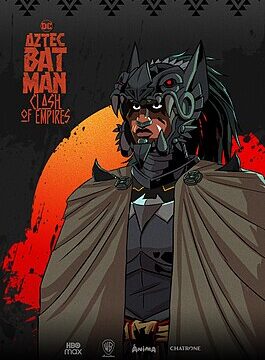

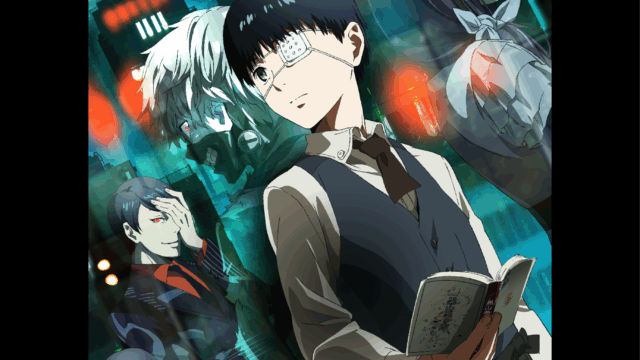
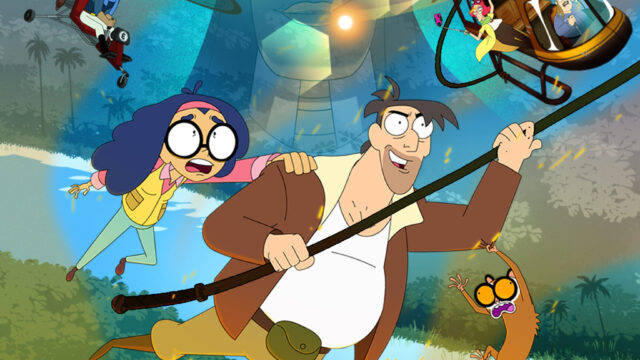
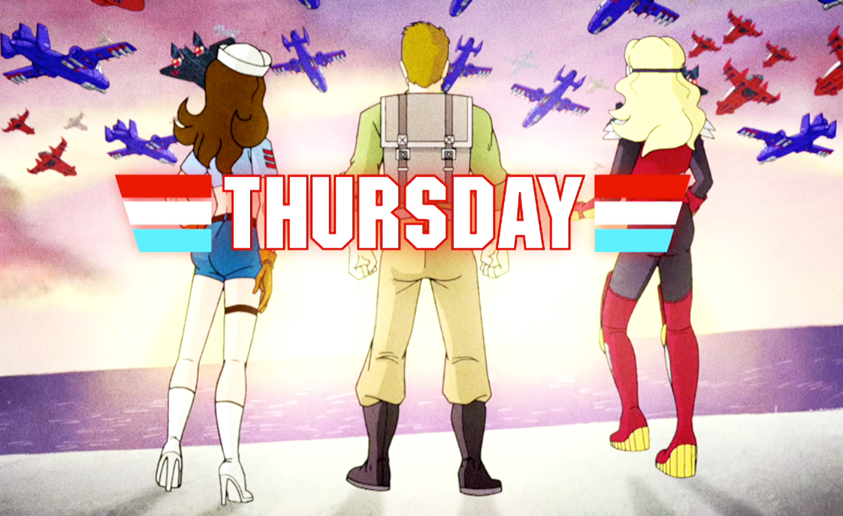













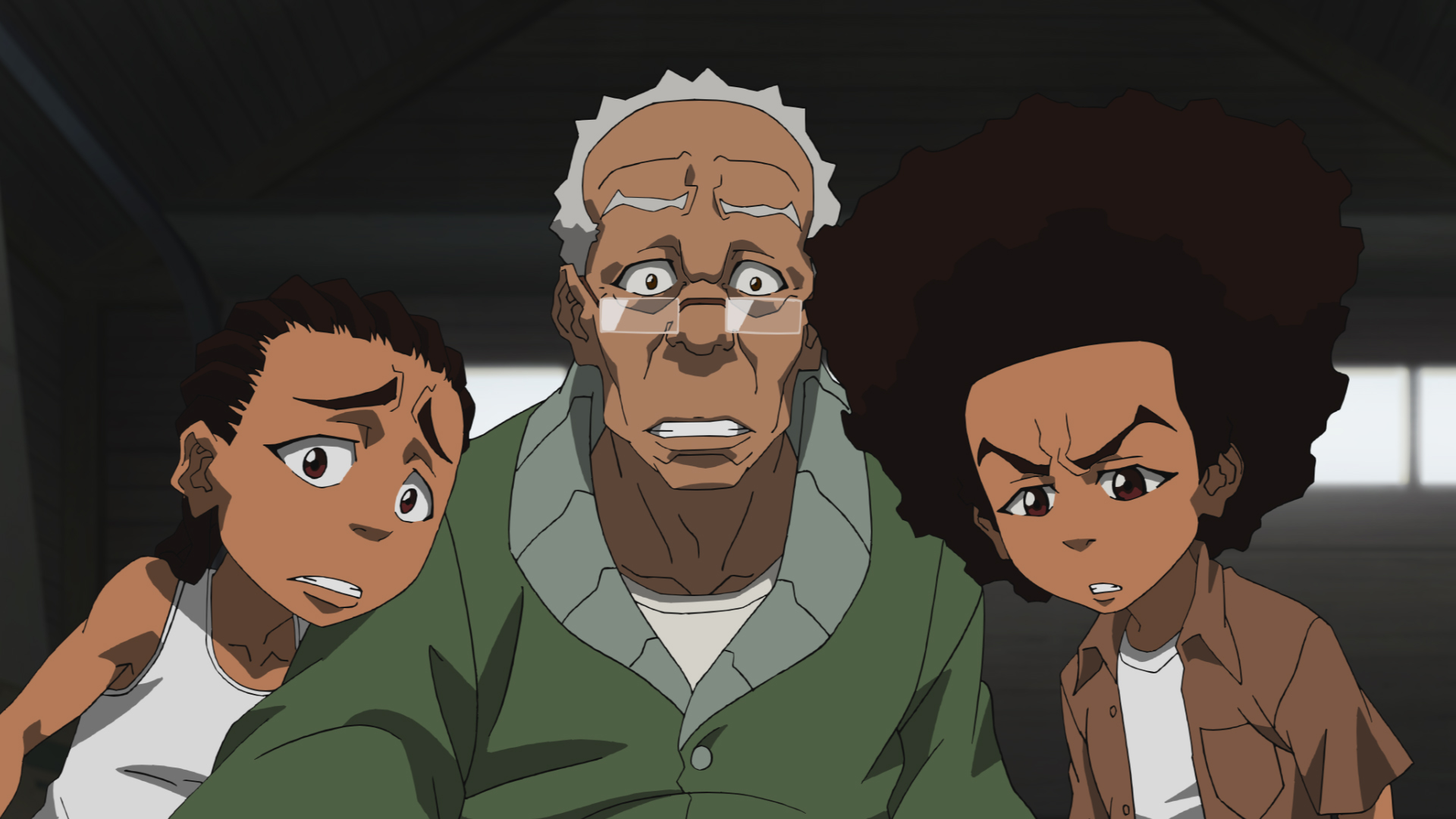

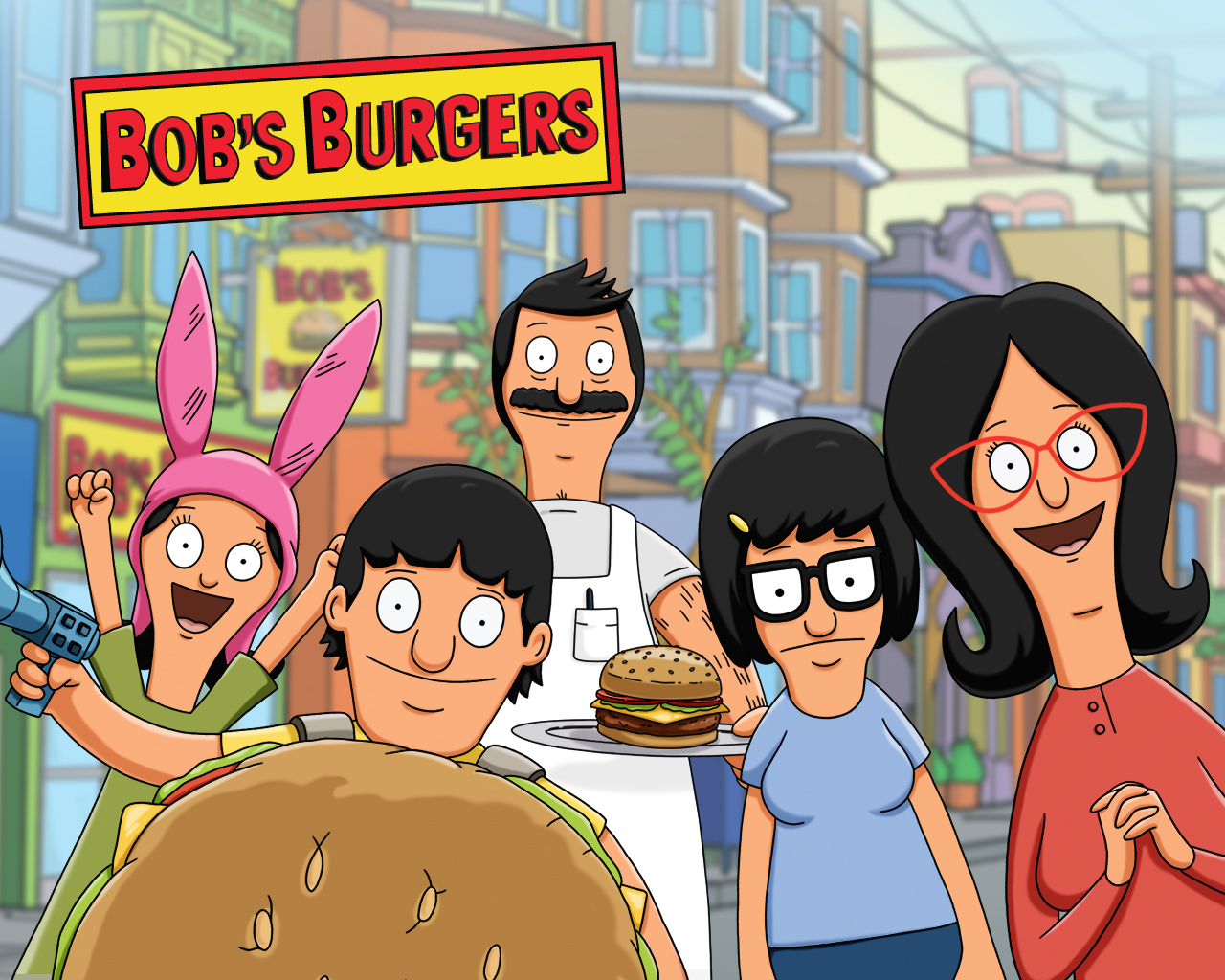



"There are also other characters that come and go (also owned by the Warner Bros. Discovery conglomerate media company)."
Huh. Is that just referring to other characters from the show itself, or is this implying that the new season is going to have cameos from other WBD IPs